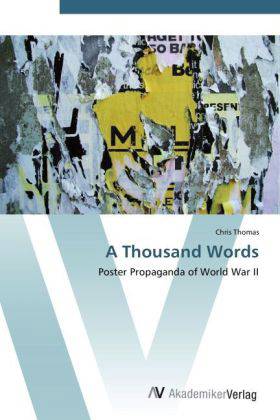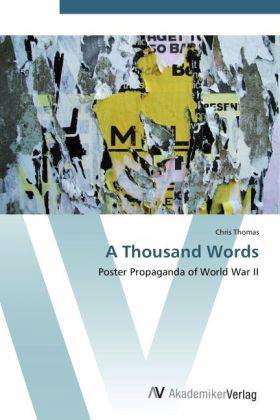
Bedankt voor het vertrouwen het afgelopen jaar! Om jou te bedanken bieden we GRATIS verzending (in België) aan op alles gedurende de hele maand januari.
- Afhalen na 1 uur in een winkel met voorraad
- In januari gratis thuislevering in België
- Ruim aanbod met 7 miljoen producten
Bedankt voor het vertrouwen het afgelopen jaar! Om jou te bedanken bieden we GRATIS verzending (in België) aan op alles gedurende de hele maand januari.
- Afhalen na 1 uur in een winkel met voorraad
- In januari gratis thuislevering in België
- Ruim aanbod met 7 miljoen producten
Zoeken
€ 68,95
+ 137 punten
Omschrijving
Revision with unchanged content. Poster propaganda is one of the most enduring legacies of the Second World War. Dictatorships and democracies used posters to influence public opinion, but was there anything unique about German, American, British and Soviet posters? Conversely, did these countries share any propaganda techniques, despite their vast differences in governemnt, social structure and economic systems? This study analyzes and compares home front poster propaganda of these four nations, looking for broad, significant themes and trends, and arguing that while each nation held to certain propaganda fundamentals, their were indeed peculiar aspects of each society that gave its respective propaganda a unique flavor. Additionally, the analysis reveals a clear link between propa-gan-da posters and the fortunes of war. In other words, what was said was not always as important as how it was said. Posters may have disappeared as a major propaganda tool, but nations still fight wars and carry out propagan-da campaigns to support the war effort, therefore, the relationship between propaganda and war is equally applicable today.
Specificaties
Betrokkenen
- Auteur(s):
- Uitgeverij:
Inhoud
- Aantal bladzijden:
- 152
- Taal:
- Engels
Eigenschappen
- Productcode (EAN):
- 9783639452907
- Verschijningsdatum:
- 17/08/2012
- Uitvoering:
- Paperback
- Formaat:
- Trade paperback (VS)
- Afmetingen:
- 152 mm x 229 mm
- Gewicht:
- 231 g

Alleen bij Standaard Boekhandel
+ 137 punten op je klantenkaart van Standaard Boekhandel
Beoordelingen
We publiceren alleen reviews die voldoen aan de voorwaarden voor reviews. Bekijk onze voorwaarden voor reviews.









